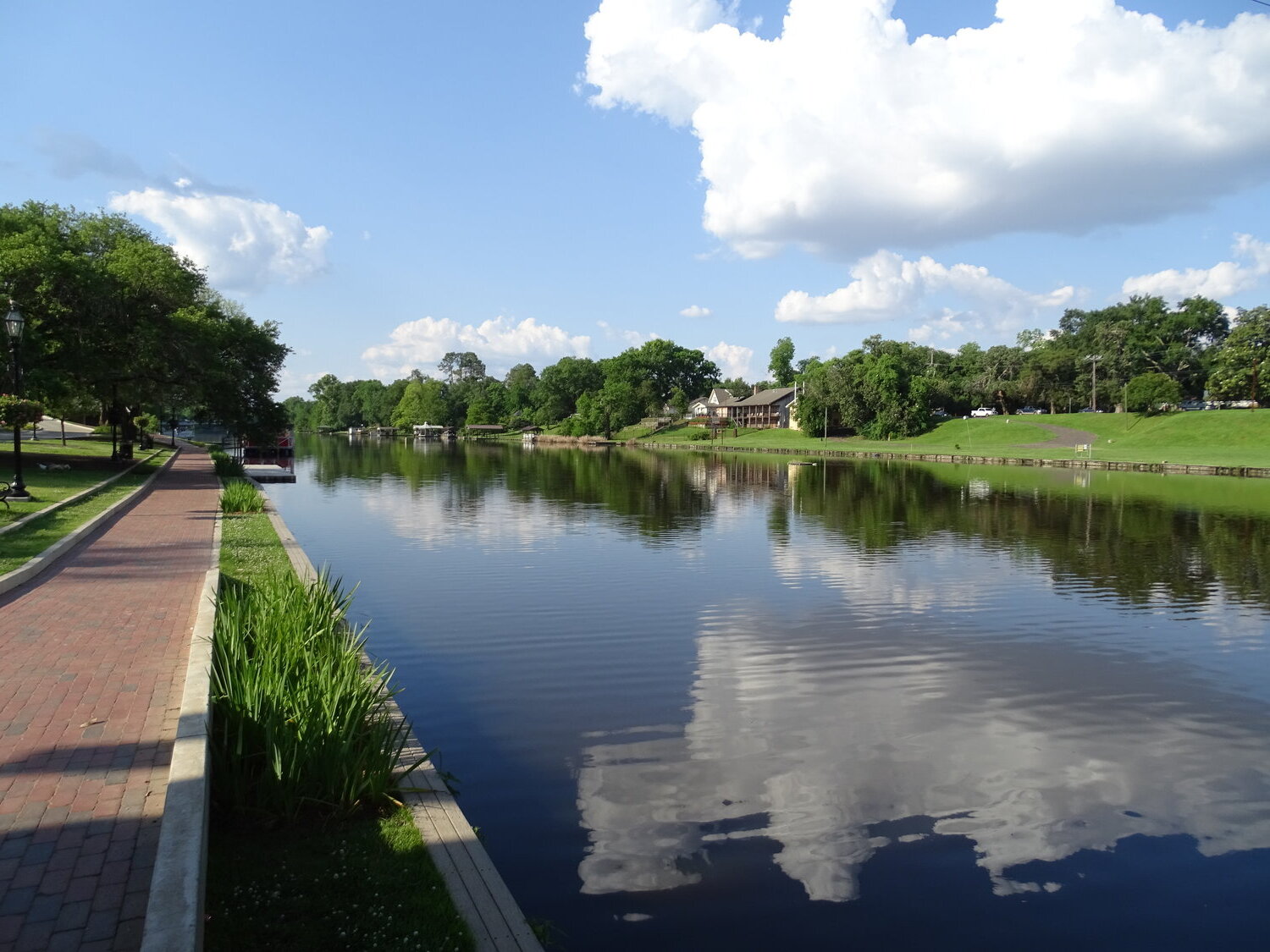Hidden Plantation Ruins Of Louisiana’s Cane River

Have you ever wondered about the hidden stories of Louisiana's Cane River? This area is rich with history, especially when it comes to plantation ruins. These old structures tell tales of a time long gone, offering a glimpse into the past. Walking through these ruins, you can almost hear the whispers of those who lived and worked there. The Cane River region is not just about beautiful landscapes; it's a place where history comes alive. Whether you're a history buff or just curious, exploring these hidden plantation ruins can be a fascinating experience. Ready to step back in time? Let's dive into the secrets of the Cane River.
Hidden Plantation Ruins of Louisiana's Cane River
Louisiana's Cane River region is steeped in history. The area is dotted with plantation ruins that tell stories of a bygone era. These hidden gems offer a glimpse into the past, showcasing the architecture, culture, and lives of those who lived there. Let's explore some of these fascinating sites.
Melrose Plantation
Melrose Plantation is a testament to the rich cultural heritage of the Cane River region. This site is known for its unique history and beautiful surroundings.
- African House: Built by enslaved Africans, this structure is a rare example of African-influenced architecture in the United States.
- Big House: The main residence, known for its Creole-style architecture, offers a peek into the lives of the plantation's owners.
- Yucca House: Once home to the famous artist Clementine Hunter, this house is a must-see for art enthusiasts.
Magnolia Plantation
Magnolia Plantation is another significant site along the Cane River. Its ruins provide a hauntingly beautiful look into the past.
- Slave Quarters: These well-preserved quarters offer a sobering reminder of the lives of enslaved people who worked on the plantation.
- Cotton Gin: The remains of the cotton gin highlight the plantation's role in the cotton industry.
- Main House Ruins: Though partially in ruins, the main house still stands as a symbol of the plantation's former grandeur.
Oakland Plantation
Oakland Plantation is one of the most complete plantation complexes in the United States. Its ruins and preserved buildings offer a comprehensive look at plantation life.
- Doctor's House: This small building served as the plantation's medical facility, providing care for both the owners and the enslaved workers.
- Pigeonnier: These unique structures were used to house pigeons, which were an important food source.
- Cook's Cabin: The cook's cabin gives insight into the daily lives of those who prepared meals for the plantation's residents.
Cherokee Plantation
Cherokee Plantation may not be as well-known as some others, but its ruins are equally captivating.
- Brick Kiln: The remains of the brick kiln show the plantation's self-sufficiency in producing building materials.
- Chimney Ruins: Scattered chimney ruins mark the locations of former slave cabins, each telling a story of the people who lived there.
- Overseer’s House: The ruins of the overseer's house provide a glimpse into the lives of those who managed the plantation's operations.
Hidden Gems Along the Cane River
Beyond the well-known plantations, the Cane River region is home to lesser-known ruins that are equally intriguing.
- Badin-Roque House: This rare example of Creole architecture is one of the few remaining structures of its kind.
- St. Augustine Church: The ruins of this historic church are a testament to the faith and resilience of the local community.
- Cane River Creole National Historical Park: This park preserves several plantation sites, offering a comprehensive look at the region's history.
Discovering History in Louisiana's Cane River
Exploring the hidden plantation ruins along Louisiana's Cane River offers a unique glimpse into the past. These sites tell stories of a bygone era, showcasing the architecture and lifestyles of those who lived there. Visiting these ruins provides a deeper understanding of the region's history and culture.
The Cane River area is rich with historical landmarks, each with its own tale. From the grand structures to the smaller, more intimate settings, every ruin has something to offer. Walking through these sites, you can almost hear the echoes of the past.
Whether you're a history buff or just looking for a unique adventure, the hidden plantation ruins of the Cane River are worth the visit. They remind us of the complexities of history and the importance of preserving these stories for future generations.

